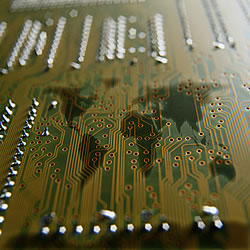Advancing grid reservation systems
The ultimate aim of project DATATAG was to create a large-scale intercontinental testbed for data intensive grids. This would allow sharing of information and resources at a global level. One of the outcomes of the project has been the development of an advance reservation system to be used for such grids. Advance reservation systems are systems that allow users to request the access to a particular resource at some time in the future. This could be for example a certain bandwidth on a network or access to storage space on a CPU. The user provides a full specification of their requirement, provided the user has authorisation and the request can be met, access is provided in the allocated time slot. The advanced reservation system is based on a system already in use, Generic Advance Reservation Architecture (GARA) and adapts it further to make it more efficient. It is based on a layered system, which uses Path for network source abstraction. Path is a resource that can be requested and used in various ways. It can be set up dynamically to meet a given bandwidth request or statically. Requests can be per-domain or end-to-end. This is achieved by the use of different signalling methods such as Multi- Protocol Label Switching, (MPLS). In addition to this, two new types of resource manager, the Light Path Manager and the MPLS Manager have been developed. The Light Path Manager works at the physical layer and supervises light paths; the MPLS Manager supervises MPLS label Switch Paths, providing services at layers 2 and 3. Secure access is ensured in two different ways. The first is through a generic authorisation, authentication and accounting (AAA), server. The second method has been developed by exploiting the fact that, most grid members belong to a virtual organisation and can be recognised through this, by means of the Grid Resource Acquisition and Management (GRAM). The system is a step forward in achieving the optimal allocation of computer resources in a secure environment.



